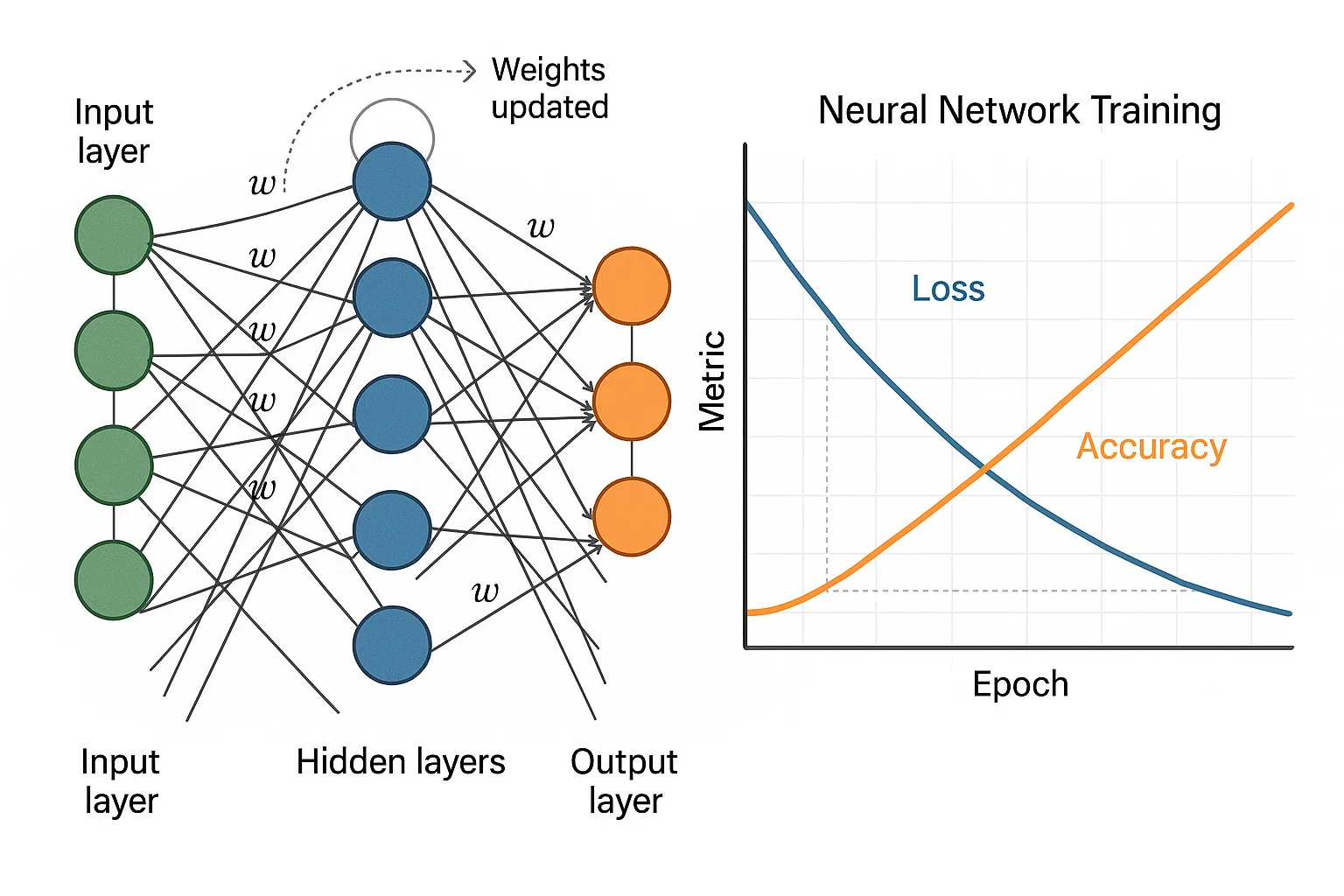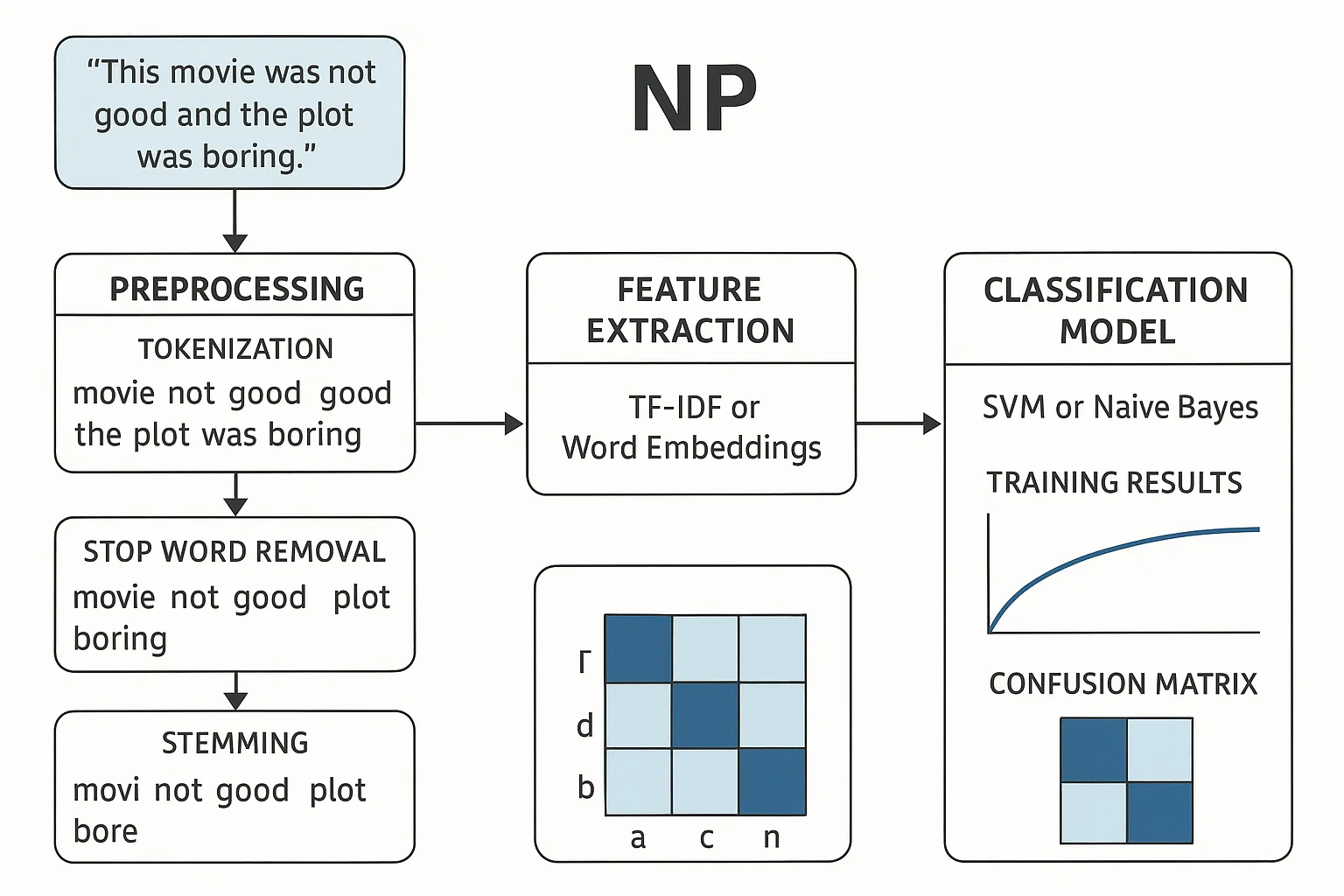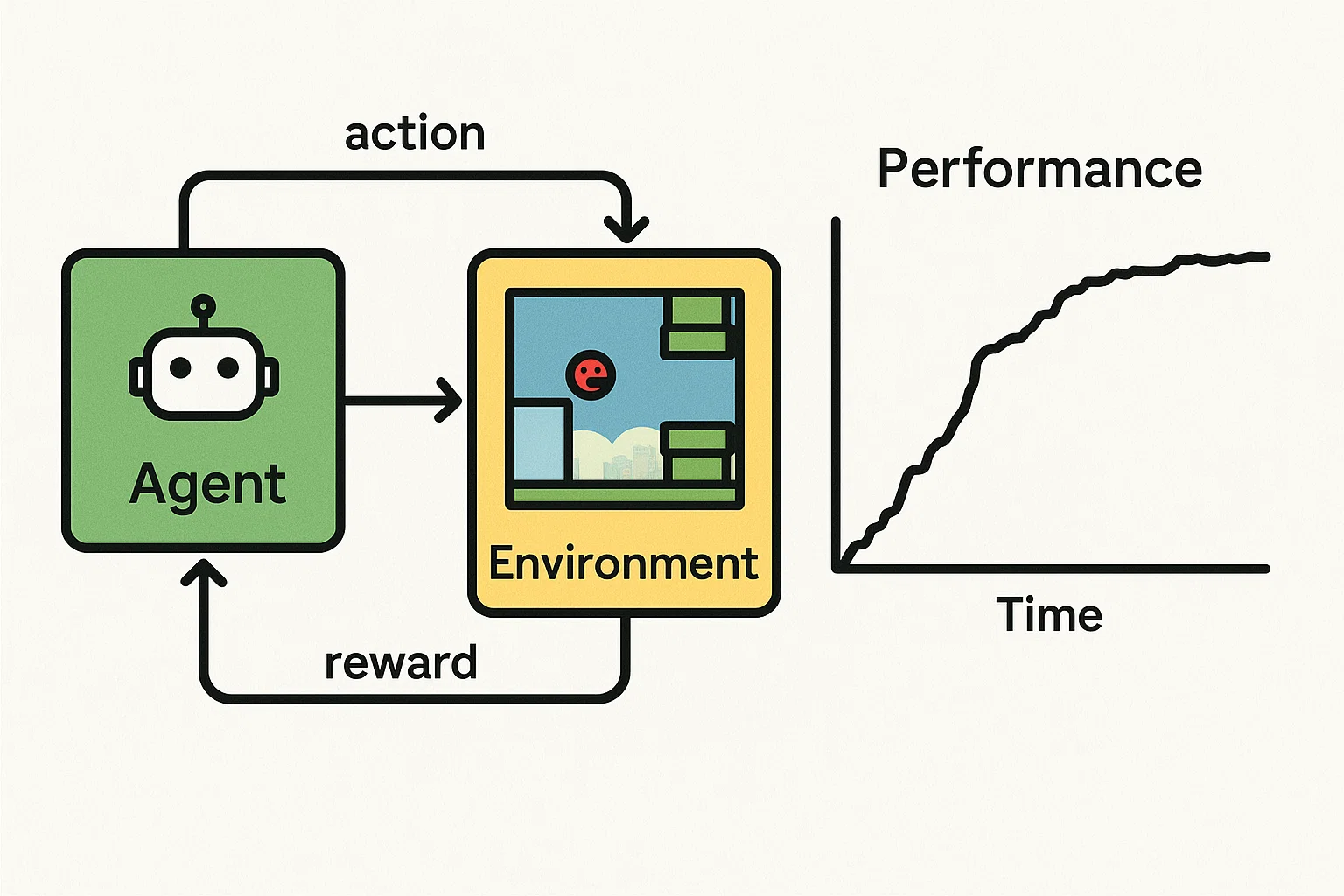Expert Assignment Solutions with 100% Guaranteed Success
Get Guaranteed success with our Top Notch Qualified Team ! Our Experts provide clear, step-by-step solutions and personalized tutoring to make sure you pass every course with good grades. We’re here for you 24/7, making sure you get desired results !
We Are The Most Trusted
Helping Students Ace Their Assignments & Exams with 100% Guaranteed Results
Featured Assignments

Building a Machine Learning Model for Predictive Analytics
Machine Learning and Predictive AnalyticsClient Requirements
The student needed to build a machine learning model using supervised learning algorithms, such as linear regression, decision trees, or support vector machines (SVMs), to predict outcomes based on a given dataset. The task required selecting an appropriate algorithm, training the model, evaluating its performance, and applying techniques like cross-validation and hyperparameter tuning to improve accuracy.
Challenges Faced
We ensured that students grasped the underlying mathematical concepts behind machine learning algorithms, but some faced complications handling data preprocessing tasks like feature scaling, handling missing values, and splitting the dataset into training and testing sets. Many students struggled with model evaluation, particularly understanding metrics such as precision, recall, and F1 score, and how to balance these metrics to improve model performance.
Our Solution
We provided a structured approach that covered data cleaning, feature selection, and model evaluation. Students were given a set of practical exercises in Python using libraries like Scikit-learn, Pandas, and Matplotlib for data visualization. We also introduced them to techniques such as grid search for hyperparameter optimization and cross-validation to validate the model’s generalizability.
Results Achieved
The students successfully built predictive models that accurately classified or predicted outcomes from the dataset. Most students demonstrated the ability to evaluate their models effectively using various performance metrics and showed strong skills in improving their models through tuning and optimization.
Client Review
I had an incredible learning experience with this assignment. Building a machine learning model from scratch helped me understand how different algorithms perform and how to improve them. The guidance provided in handling data preprocessing and model evaluation was invaluable, and I now feel more confident in applying machine learning to real-world problems.

Deep Learning and Neural Network Implementation
Deep Learning and Neural NetworksClient Requirements
The student wanted to explore deep learning by building a neural network from scratch to solve a classification problem. The task required the student to implement a feedforward neural network using frameworks such as TensorFlow or PyTorch. The student was asked to train the network, implement backpropagation, and adjust hyperparameters to achieve optimal performance on a given dataset.
Challenges Faced
We faced challenges in ensuring that students understood the complex mathematical underpinnings of neural networks, such as gradient descent and backpropagation. Some students had difficulty understanding how to balance the network’s layers and neurons, and others struggled with managing overfitting by applying techniques like dropout, regularization, or early stopping.
Our Solution
We provided in-depth resources on neural network fundamentals, including activation functions, loss functions, and optimization algorithms. Students were guided through the process of constructing their neural networks in Python using TensorFlow or PyTorch, starting with simple architectures and gradually building more complex models. Additionally, we introduced them to techniques for evaluating model performance, including training, validation, and test data splits.
Results Achieved
The students successfully implemented and trained deep neural networks, achieving competitive accuracy rates on their respective classification problems. Their models showed a solid understanding of how to fine-tune hyperparameters and handle common deep learning challenges, such as overfitting and vanishing gradients.
Client Review
This assignment was both challenging and rewarding. Implementing a neural network from scratch helped me better understand the underlying mechanisms of deep learning and how to tune models for optimal performance. The step-by-step approach made learning neural networks more manageable, and I now feel well-prepared to tackle more advanced deep learning tasks.

Natural Language Processing (NLP) for Text Classification
Natural Language ProcessingClient Requirements
The student needed to apply natural language processing (NLP) techniques to solve a text classification problem. The task required the student to preprocess text data, including tokenization, stemming, and removing stop words, before applying techniques such as bag-of-words, TF-IDF, or word embeddings. The goal was to classify text into categories using machine learning algorithms such as Naive Bayes or SVM.
Challenges Faced
We ensured that students understood the various stages of NLP, but some struggled with text preprocessing, particularly handling noisy data and selecting the right feature extraction methods. Additionally, understanding the differences between various NLP models, such as TF-IDF and word embeddings, and selecting the appropriate one for text classification tasks presented difficulties for some students.
Our Solution
We provided a clear breakdown of the NLP pipeline, starting from data cleaning to feature extraction and model selection. Students were given practical exercises in Python using libraries such as NLTK, SpaCy, and Scikit-learn to implement text preprocessing, feature extraction, and classification. We also introduced them to evaluation metrics specific to text classification, such as accuracy, precision, recall, and F1 score.
Results Achieved
The students successfully applied NLP techniques to text classification problems, demonstrating a strong understanding of text preprocessing, feature extraction, and model evaluation. Most students were able to select and implement the best machine learning algorithm for their task, leading to high classification accuracy.
Client Review
Working on this NLP assignment was incredibly rewarding. I learned how to preprocess text data and use various feature extraction techniques to improve model performance. The hands-on experience with text classification algorithms like Naive Bayes and SVM made me feel more confident in applying NLP methods to real-world projects.

Reinforcement Learning for Game AI
Reinforcement Learning and Game AIClient Requirements
The student needed to implement a reinforcement learning (RL) model to create an AI that can play and improve in a simple game, such as Tic-Tac-Toe, Pong, or a maze-solving task. The task required the student to implement Q-learning or deep Q-learning (DQN) and train the agent to make decisions based on reward feedback, optimizing its strategy over time.
Challenges Faced
We faced challenges ensuring that students grasped the theoretical foundations of reinforcement learning, such as reward functions, value functions, and the exploration-exploitation trade-off. Many students struggled with implementing Q-learning and training their agents to converge to an optimal solution. Additionally, some found it difficult to implement the exploration-exploitation trade-off in a way that balanced randomness and performance.
Our Solution
We provided tutorials on reinforcement learning algorithms, starting with basic Q-learning and then progressing to more complex methods like deep Q-learning (DQN). Students were given example games and environments to practice training RL agents. They were also encouraged to experiment with different reward structures and hyperparameters to improve the performance of their agents.
Results Achieved
The students successfully implemented reinforcement learning models and trained agents that could improve their gameplay strategies over time. The agents demonstrated an understanding of key RL concepts, such as reward maximization and exploration-exploitation, and were able to achieve high performance in their respective tasks.
Client Review
This assignment was one of the most exciting ones I’ve worked on. Implementing a reinforcement learning agent that could improve its performance over time gave me a deeper understanding of how RL algorithms work in real-world applications. The hands-on nature of the assignment helped me grasp the nuances of reward functions and how to balance exploration and exploitation. I now feel confident in applying RL techniques to more complex tasks.
